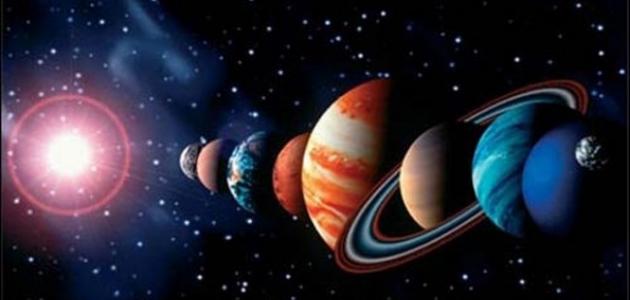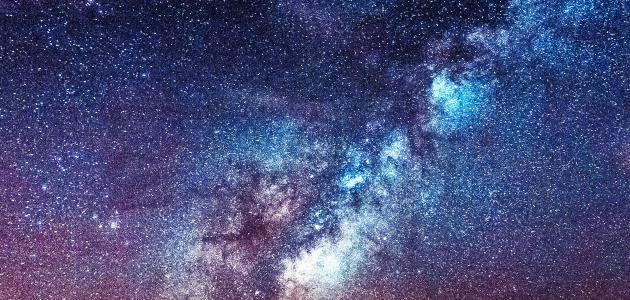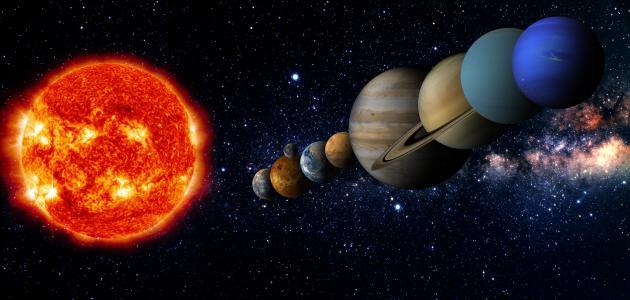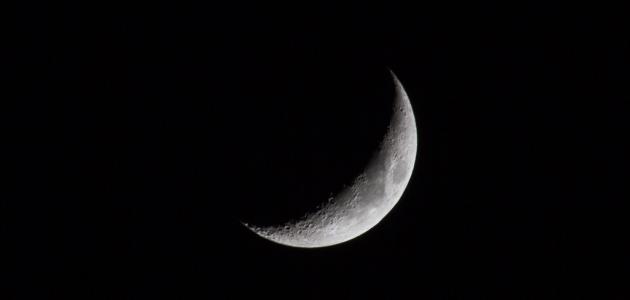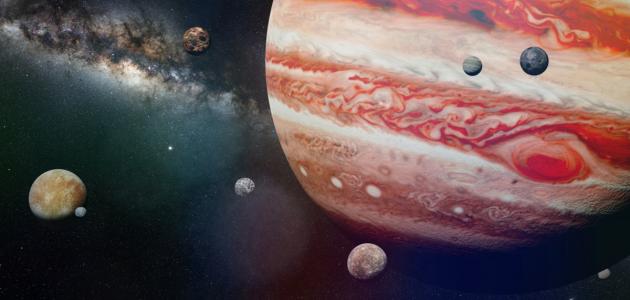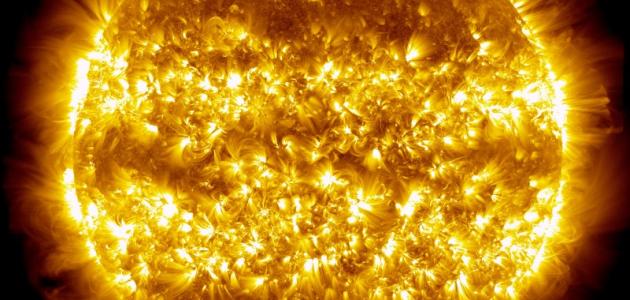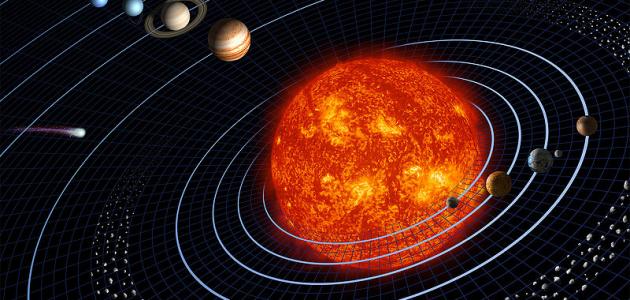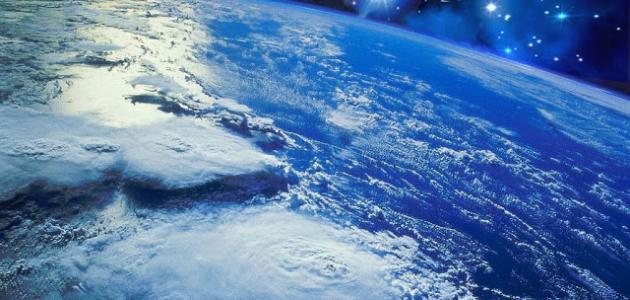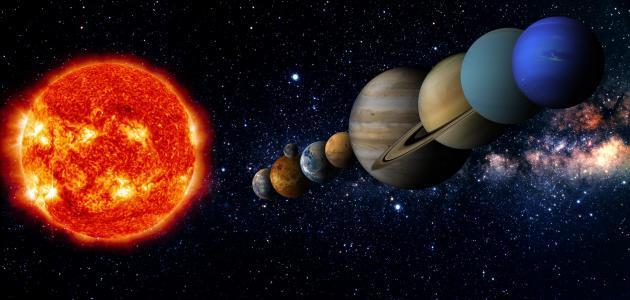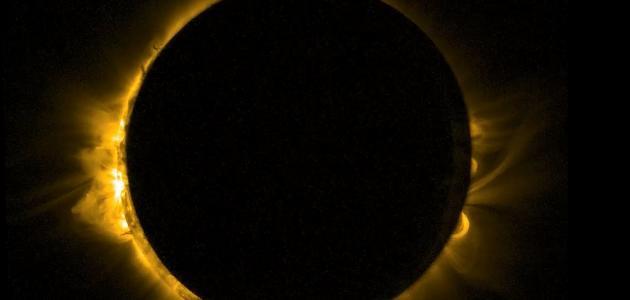Planets of the solar system
The solar system consists of the sun, and everything that revolves around it, from asteroids, moons, comets, and planets including our planet Earth, and the eight planets of the solar system are divided into rocky planets and include, Mercury, Venus, Earth, Mars, and the giant gas planets, which are Jupiter , Saturn, Uranus, and Neptune, the solar system also contains no less than two hundred planets known as dwarf planets, but only five are known, namely: Planet Ceres, Planet Haumea, Planet Makemake, and Planet Eris. Finally, Pluto, which was considered in the past the ninth planet of the solar system.
How to identify the planets
Planets can be distinguished from stars easily because the stars are very far from the earth, so they appear as bright points in the night sky, while the planets are closer to the earth so we see them in the form of a small disk in the sky at night, and the planets shine with a more stable light than the starlight because they It reflects to us part of the sunlight that it receives, while the lighting and brightness of the stars are variable due to the disturbances that occur in the atmosphere, and the percentage of light - the sun - that the planets reflect depends on: the size of the planet, the amount of cloud cover - the clouds - it has, and among the eight planets we can only Seeing the most luminous with the naked eye throughout the year - except for the periods when it is close to the sun - and these planets are Venus, Mercury, Mars, Jupiter, and Saturn.
Read also:How a lunar eclipse happensVenus
Venus is the brightest planet in the sky, due to its high ability to reflect sunlight, which is known as albedo, and it is closer to Earth than the rest of the planets, so the naked eye can It can be distinguished more easily, as the planet Venus appears to the observer in a bright white color, and it appears once in the morning before sunrise, and it can be seen when looking east, and once after sunset, and when looking west, and its appearance continues on this system for several months in the year, and during that Venus begins to slowly move away from the sun, until it reaches its maximum distance from it, and in this case it becomes possible to see it three hours before sunrise, and three hours after sunset, then it begins to slowly approach the sun until it becomes difficult to see it because of its extreme proximity to the sun.
Jupiter
Jupiter is characterized by a bright white color, and it can be seen at twilight, but it is less bright than Venus; This is because it is farther from Earth, as Jupiter appears when observing it with binoculars or a telescope as a small disc, in a pale white or cream color, and its four brightest moons can be seen, which are Io, Europe, Ganemi, and Callisto, which we are supposed to be able to It would be impossible to see it with the naked eye, had it not been for the brightness of the planet limiting our ability to see it, and the northern and southern equatorial belt can also be seen using the telescope, in addition to what most distinguishes Jupiter from other planets, the Great Red Spot.
Read also:How many planets
Mars
Mars is called the red planet, but it rarely appears to the naked eye in red, and the color that Mars appears in depends on the distance that separates it from Earth, so its color ranges from pale orange-yellow to reddish-orange, and returns The red color of Mars due to the presence of iron oxide (rust) on its surface, and it can also appear yellow due to the dust storms circulating on the surface of the planet. Mars can be seen clearly when it is at its closest point to Earth, which is repeated two or three times each cycle. That is, every 16 years, and it can also be distinguished even when it is at its farthest point from the Earth, and then it appears as a star that radiates a reddish-orange color. Mars appears when viewed using a telescope in amber or pink salmon color, and its polar covers - the polar ice cap - can also be seen. And the signs that appear on its surface are in a bluish-gray color, and it is difficult to see the two moons of Mars Phobos and Deimos using binoculars, due to their weak glow, so medium and large-sized telescopes are used to see them when they are far from the bright glow of Jupiter, and the ability to watch the moons can be improved Mars by covering the eyepiece of the telescope using an occulting bar in order to block the bright planet.
Read also:Definition of the planet Mercury
Mercury
It is difficult to see the planet Mercury (in English: Mercury) with the naked eye, except for the period shortly before sunrise, or shortly after sunset, because it is very close to the sun, and it cannot be seen clearly in the daylight, just as it cannot be seen in a completely dark sky, as The planet Mercury appears to the viewer in a somewhat pink color, although its original color is white, and the planet Mercury appears to observers three times in the morning and three times during the evening period of each year, and the inhabitants of the northern hemisphere can see Mercury better in the evenings of March and April, and in The mornings of September and October, as for the inhabitants of the southern hemisphere, it can be seen more clearly in the evenings of September and October, and the mornings of March and April.
Saturn
The planet Saturn (in English: Saturn) can be distinguished with the naked eye in the event that Saturn appears in a pale yellow color, as Saturn is distinguished by the rings that revolve around it and that increase its brightness, which can be seen with binoculars when it is facing the Earth, which happens once every 15 years, and when Being able to see all the rings of Saturn is in its brightest state, which happened to happen in the year 2017 AD, but when its rings do not appear, it appears very faint in the sky, and using small telescopes it is possible to see the largest moon of Saturn and its name is Titan, in addition to other large moons such as Rhea and Dione, and Tethys, and Enceladus, and Iapetus.
Planet Uranus
Planet Uranus (in English: Uranus) is the third largest planet in the solar system, and its atmosphere is the coldest atmosphere in it, and it was discovered by astronomer William Herschel in 1781, and it was named after the Greek god Uranus, as the planet Uranus can be seen with the naked eye only in the case of complete darkness, Therefore, it is difficult to view it from cities without the use of binoculars, and when used it appears like a small star, but when using a telescope it appears as a small disc in a blue-green color, and to accurately deduce its location, it is necessary to use a star map.
Neptune
The planet Neptune (in English: Neptune) is the farthest planet of the solar system from the sun, so it needs 165 years to complete one cycle around it, and it was discovered by astronomer Johan Gedfried Gall,[XNUMX]Thus, it is not possible to see the planet Neptune with the naked eye, but using binoculars when it is in a completely dark area, and in the absence of the moon, but when using medium and large telescopes, Neptune appears as a blue to pale gray disk.
Planet earth
Planet Earth is one of the most important planets in the solar system, so you must know some of the characteristics that distinguish Earth from others, including that it occupies the fifth rank in terms of size, and the third in terms of distance from the sun, and that it has one moon that revolves around it, and that it is the only planet that It can support the existence of life forms in it, for several reasons, including:
- It contains an ample amount of water.
- It is surrounded by an atmosphere that provides gases necessary for life, absorbs harmful ultraviolet rays, and burns meteors before they reach the earth's surface.
- It rotates once every 24 hours, allowing for day and night cycles.
- It revolves around the sun once every 365.2564 days, allowing the four seasons to follow.
- It receives an appropriate amount of light and heat because it is at an appropriate distance from the sun.
- It is surrounded by a magnetosphere that deflects charged particles produced by the solar wind.
